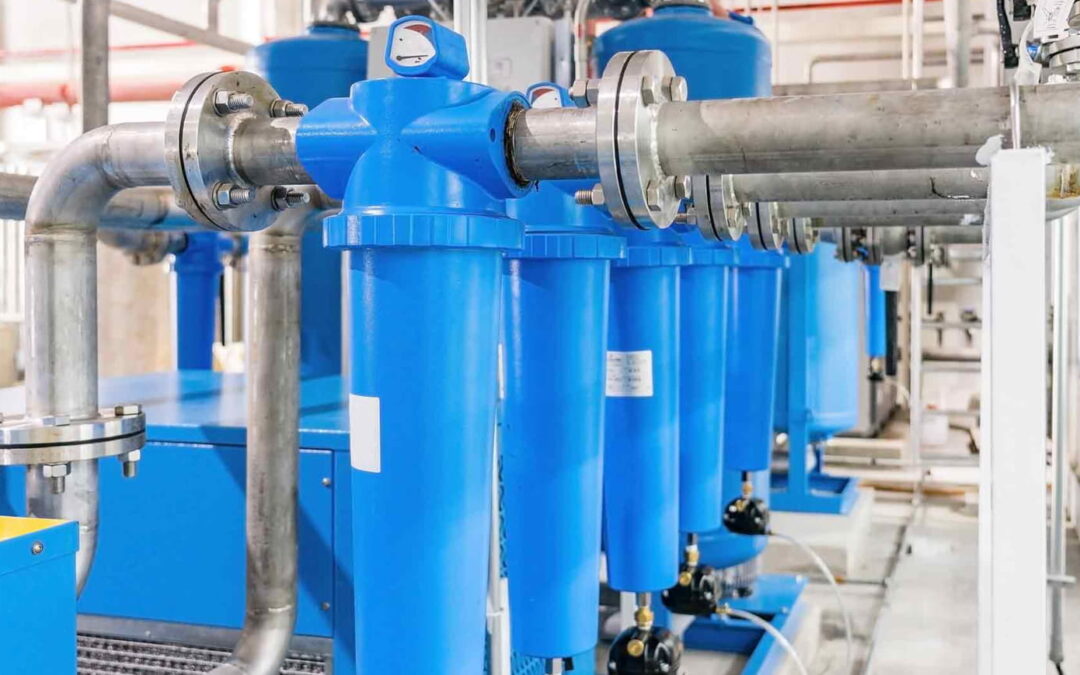Selecting the right air dryer compressor is crucial for efficiency, longevity, and operational excellence. Among these pivotal pieces of machinery, the device responsible for removing moisture from compressed air—a critical step in many industrial processes—stands out. This guide is designed to help you navigate the complex process of choosing the perfect solution for your needs, ensuring that your compressed air is as dry as necessary for your applications.
Understanding Your Needs
The quality of air required varies significantly across different industries and processes. For example, applications in the food and beverage industry might require extremely dry air to prevent contamination and spoilage, whereas, for more robust industrial settings, a slightly higher moisture content might be acceptable. Identifying the precise dew point required for your operations is the first step in selecting the right equipment.
Types of Drying Systems
There are several types of drying systems designed to remove moisture from compressed air, each employing a different method to achieve this goal.
Refrigerated Dryers
These are among the most common and work by cooling the air to remove moisture. They are highly efficient for general industrial applications where the required dew point does not need to be extremely low.
Desiccant Dryers
For applications requiring very dry air, desiccant dryers are more suitable. They use absorbent materials to remove moisture from the air, achieving much lower dew points than refrigerated types.
Membrane Dryers
Utilizing specially designed membranes, these dryers can remove water vapour from compressed air without the need for moving parts or electricity, making them ideal for applications requiring low maintenance and energy usage.
Sizing and Specifications
Choosing a drying system with the correct capacity for your application is crucial. An undersized unit will not effectively remove moisture, while an oversized unit can lead to unnecessary energy consumption and operational costs. Consider factors such as the maximum and average airflow your system requires, as well as the ambient temperature and humidity conditions in which the device will operate.
Energy Efficiency and Maintenance
Some drying systems, particularly those that achieve very low dew points, can be energy-intensive. Assessing the total cost of ownership, including both initial purchase price and ongoing operational costs, is essential. Additionally, consider the maintenance demands of the system; some require more frequent service and part replacement than others.
Final Thoughts
Selecting the ideal air dryer compressor is a decision that impacts not only the efficiency and effectiveness of your processes but also your bottom line. By considering the mentioned factors, you can make an informed choice that ensures your compressed air is as dry as needed for your operations.
